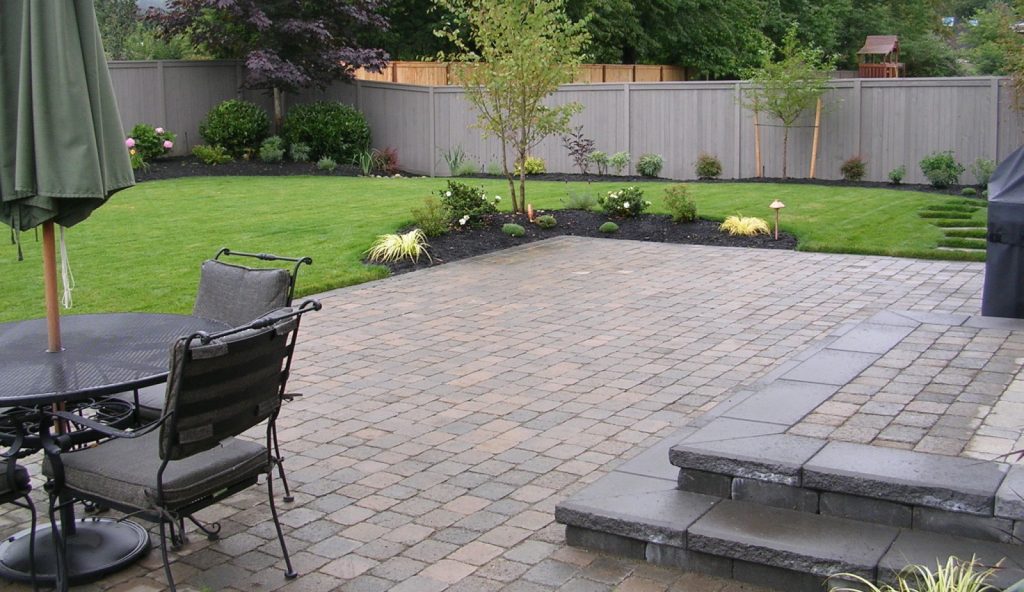Concrete sometimes disappoints us, but that doesn’t mean you have to rip up everything and start over. Resurfacing or refinishing can create new looks.
As a building material, concrete has stood the test of time for thousands of years. Rome would never have been built without it. And yet some of the concrete driveways and concrete floors in modern (early 20th century and ever since) life do develop problems that do not necessarily necessitate new concrete construction.
Some of those problems are functional, such as spalling and cracks. Others are aesthetic, such as designed concrete floors that have faded or been scrubbed in some areas that resulted in color variances. Fortunately, both of these problems have fixes in either refinishing or resurfacing.
But to be clear, refinishing and resurfacing are two entirely different processes with entirely different outcomes. We outline those differences here.
Concrete Refinishing
This is largely an aesthetic move. It’s about changing a color or restoring colors in exposed concrete floors as found in some homes and businesses, particularly those in tropical and semi-tropical areas.
But just because it’s about design doesn’t mean it’s easy. Design-oriented blogs describe the arduous process (generally undertaken by professionals) of grinding surfaces that the present owner would like to change. All that delicate grinding (one doesn’t want to go too deep) kicks up a lot of dust, which renders a living space unlivable for the duration of time it takes to attack the full surface area, including corners.
When the surface is prepared, a chemical densifier is applied to fill holes and pores, then reground with a finer gauge floor polisher, sometimes in multiple passes. The finer the polish, the shinier the surface. It’s a very popular look in light commercial/retail environments as well as modern-style homes. And it’s considered green, as no glues, carpeting, laminates or wood are applied over it. Polished, finished floors are fairly easy to clean as well.
Concrete Resurfacing
Driveways, walkways and other concrete surfaces sometimes get pitting or cracks in them. The way to address them is resurfacing.
The process involves first removing loose debris (including the old concrete that has come loose) as well as oil and grease stains. That is followed by a pressure-wash, which in part hydrates the existing surface to minimize the draw of water from the resurfacing mix into the old concrete. The mixes for resurfacing are sold in home improvement stores, and it is possible to laypeople to do this if they have the right equipment. After the surface is prepared, the mix is applied with a squeegee and brushed with a broom to create a non-skid surface.
Just like asphalt paving, concrete resurfacing is far less expensive than a complete replacement of a driveway or walkway. And, it’s a lot greener because the embodied energy spent in creating new concrete.

